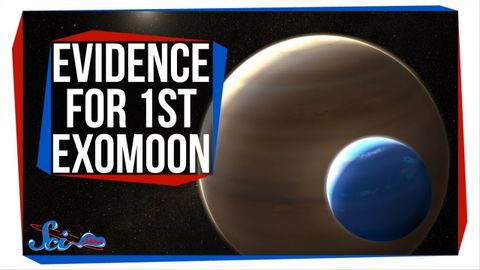
Subtitles & vocabulary
We May Have Found the First Exomoon! | SciShow News
00
林宜悉 posted on 2020/03/30Save
Video vocabulary
decent
US /ˈdisənt/
・
UK /ˈdi:snt/
- Adjective
- Being fairly good; acceptable
- Conforming to conventionally accepted standards of behaviour; respectable or moral.
B1
More evidence
US /ˈɛvɪdəns/
・
UK /'evɪdəns/
- Uncountable Noun
- Factual proof that helps to establish the truth
- Information presented in court to prove or disprove alleged facts.
- Transitive Verb
- To indicate clearly; to be evidence of.
- To show clearly; prove.
A1TOEIC
More compelling
US /kəmˈpɛlɪŋ/
・
UK /kəmˈpelɪŋ/
- Transitive Verb
- To force someone to do something
- Adjective
- Making you do, believe something; persuasive
B1
More Use Energy
Unlock All Vocabulary
Unlock pronunciation, explanations, and filters
